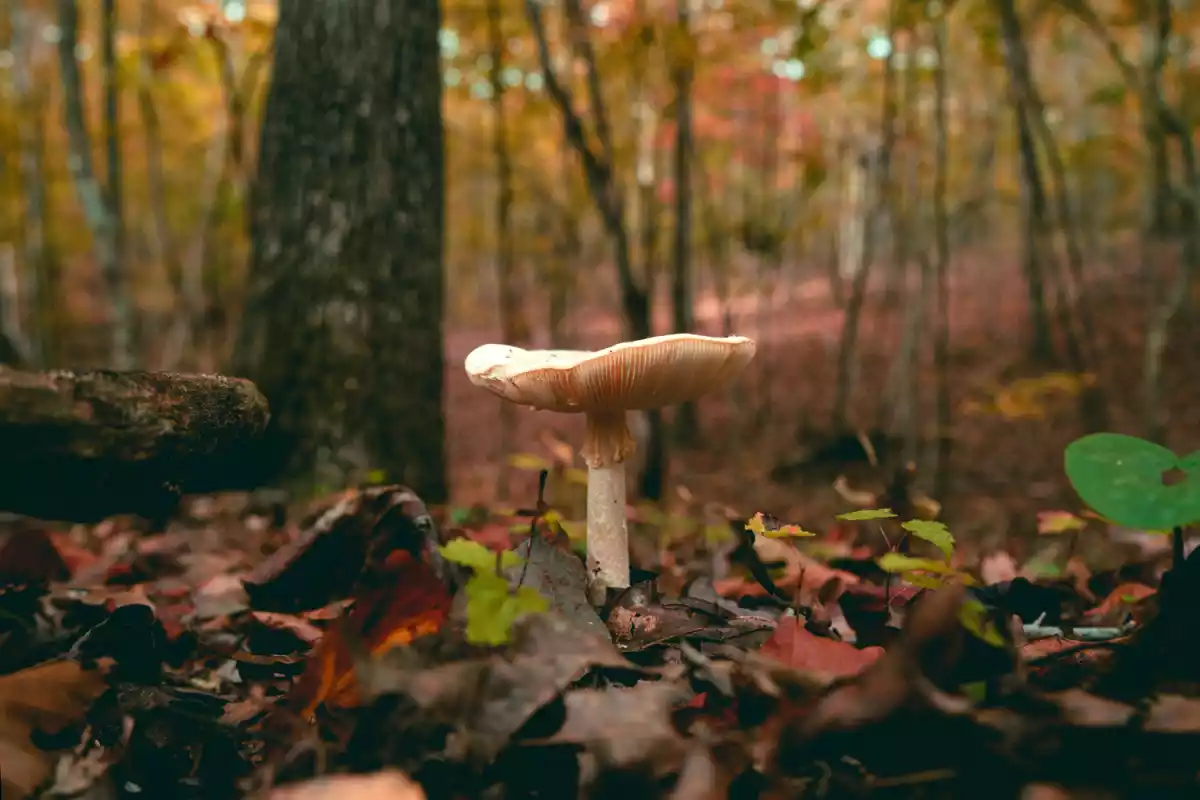Mushroom picking: 10 tips for a successful harvest

Mushroom picking is a popular autumn activity for many nature lovers. Whether it's a family pastime or a passion for gourmets, strolling through the forest in search of edible mushrooms can be both relaxing and rewarding. However, this practice must be approached with caution, as not all mushrooms are edible, and responsible harvesting is essential to preserving forest ecosystems! Here's all the advice you need on responsible, environmentally-friendly mushroom picking :-)
When to pick mushrooms
Mushrooms grow mainly in autumn, but their appearance depends on climatic conditions. They like humidity and warmth, which makes late summer and early autumn an ideal time to find them. Deciduous forests (such as oak, beech and birch) and coniferous forests are ideal for many edible species.
1. Inform your friends and family of your destination
Every year, mushroom pickers get lost in the forest, necessitating rescue operations. To avoid this, always inform your friends and family of your destination and expected time of return. If something unexpected happens, it will be easier to find you!
2. Equip yourself with a basket
A wicker basket is ideal for transporting your mushrooms. Unlike plastic bags, it helps preserve the fragile mushrooms. The basket also promotes spore dispersal, helping to regenerate mushrooms in the wild.
3. Find out about local regulations
Before setting off, it's essential to check whether mushroom picking is permitted in the forest you're visiting. Certain protected areas may limit or even prohibit mushroom harvesting. Find out about the maximum quantities authorized to avoid overharvesting.
4. Pick only mature mushrooms in good condition.
Pick only mature mushrooms in good condition. Leave specimens too small to develop, as well as damaged or frozen mushrooms, which will be neither appetizing nor digestible.
5. Tear off the whole mushroom
Contrary to popular belief, it's better to remove the mushroom with its stem than to cut it off. The stalk contains important elements for identifying the mushroom (shape, texture, color) and helps determine whether it is edible or not.
6. Respect forest humus
Humus, the top layer of soil, is crucial for mushroom life. Avoid disturbing this layer by digging around mushrooms or pulling up clumps of soil. A respectful attitude towards humus helps preserve the natural cycle of mushrooms and guarantee their regrowth.
7. Separate edible mushrooms from unknown ones
Don't mix mushrooms you know well with those you have trouble identifying. This will reduce the risk of poisoning. Use separate compartments in your basket to keep doubtful mushrooms apart, or better still, leave them there if you have any doubts.
8. Do not destroy inedible mushrooms
Although some fungi are toxic to humans, they play a crucial role in the forest ecosystem. They help decompose organic matter and feed numerous insects and animals. Leave them intact in their environment.
9. Sort your harvest by light
When you get home, take the time to sort your mushrooms by light. This makes it easier to spot any doubtful specimens. If there are any mushrooms you don't recognize, it's best not to eat them without consulting a specialist.
10. Avoid using mobile apps to identify mushrooms
Although some applications claim to identify mushrooms using photos, we strongly advise against their use. These tools are often imprecise and can lead to serious errors. To identify a mushroom, it's best to seek the advice of a pharmacist or qualified mycologist.
After picking: preparing and eating mushrooms
Once you're back home, it's crucial to clean the mushrooms without soaking them in water, so as not to alter their flavor. A gentle brushing to remove soil residues is usually all that's needed. Mushrooms can be cooked in a variety of ways: pan-fried, in omelettes, in risotto or in sauces. If you've picked a large quantity, remember to preserve them by drying or freezing them.
 Adèle Peyches
Adèle Peyches
Comments